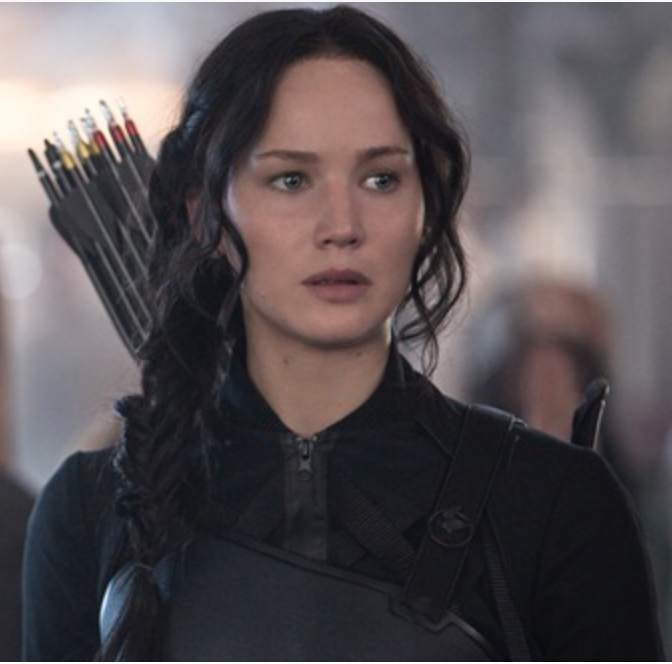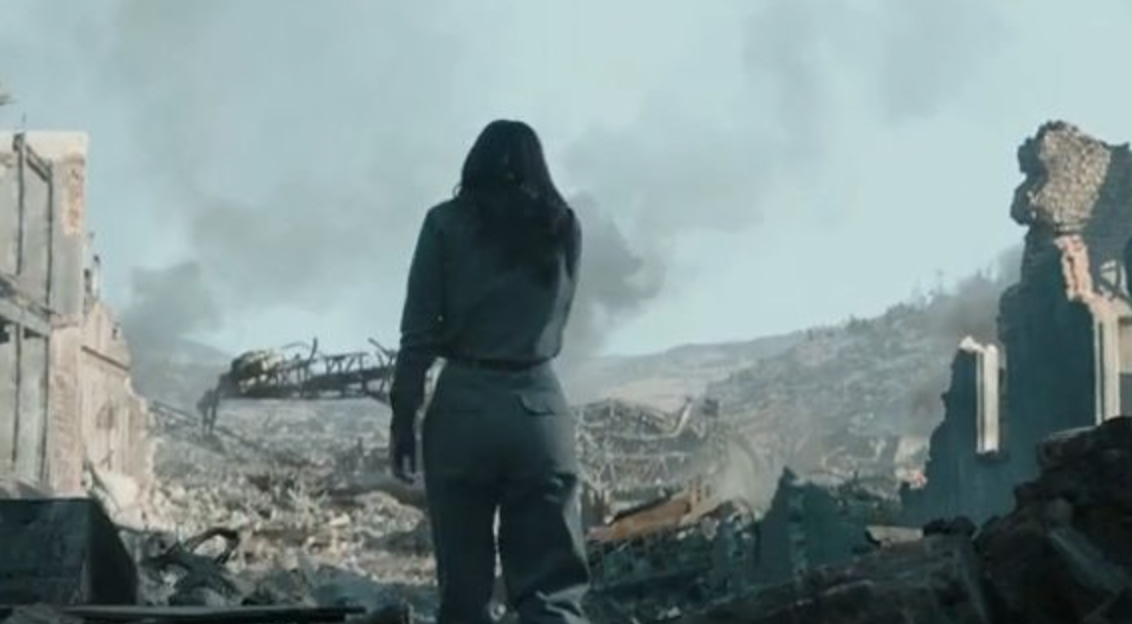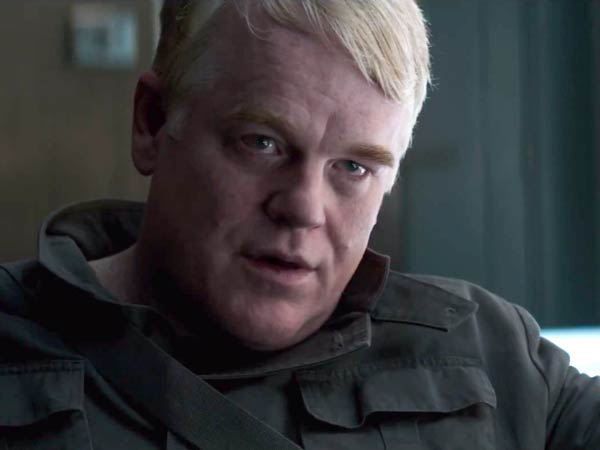 Not having children of my own, I hardly have my pulse on the Young Adult reading public. Yet I’d assumed most tweens would feel as I do about the Hunger Games books – that the first was by far the best and that, by Mockingjay (the third), the series had devolved into a grim distillation of Marxist theory with a light dusting of romance. (Okay, maybe I didn’t think the tweens in my life would articulate it that way.) Instead, at least two twelve-year-old girls in my life have solemnly informed me that Mockingjay is their favorite. This admittedly unscientific sample suggests I may have underestimated this demographic. Unfamiliar with radical political theory though they may be, these kids want to learn.
Not having children of my own, I hardly have my pulse on the Young Adult reading public. Yet I’d assumed most tweens would feel as I do about the Hunger Games books – that the first was by far the best and that, by Mockingjay (the third), the series had devolved into a grim distillation of Marxist theory with a light dusting of romance. (Okay, maybe I didn’t think the tweens in my life would articulate it that way.) Instead, at least two twelve-year-old girls in my life have solemnly informed me that Mockingjay is their favorite. This admittedly unscientific sample suggests I may have underestimated this demographic. Unfamiliar with radical political theory though they may be, these kids want to learn.
So perhaps I am wrong in assuming that “The Hunger Games: Mockingjay – Part 1” won’t find many fans. After all, the film is quite good – if also the darkest and least accommodating in the series so far. It is certainly the most meta: an indictment of media, totalitarianism, and the commodification of revolutionary heroes. This almost compensates for Lionsgate’s blatantly greedy choice to split the book into two movie installments, as does the intensely bleak note on which Part 1 concludes. No happy endings here, folks. Get Hollywood on the horn!
The film begins just as bleakly, and with so little contextualization that it doesn’t rely on a previous acquaintance with the material so much as a fierce commitment to it. (I had to revisit the prior film to catch myself up.) After shooting the arrow that brought the Quarter Quell Hunger Games to a close at the end of “Catching Fire,” Katniss (Jennifer Lawrence) has been brought to the uber-secret District 13, a subterranean bunker that houses the revolutionary movement keen on inciting the other districts of Panem to overthrow the Capitol and Machiavellian President Snow (Donald Sutherland). The rebellion is led by President Alma Coin, who is played by Julianne Moore; with her long, gray tresses, she is wearing the apparently de rigueur hairstyle for female leaders in YA dystopias. (See: Meryl Streep in “The Giver.”) With the help of Plutarch (Philip Seymour Hoffman), Coin arranges for Katniss to appear in combat zones in a series of “props” (propaganda videos) designed to rouse the people. Almost as dubious of this regime as she is of Snow’s, Katniss agrees only in order to aid her family and to rescue Peeta (Josh Hutcherson), who is still trapped in the Capitol and, in TV interviews with unctuous Caesar Flickerman (Stanley Tucci), being trotted out as Snow’s puppet. (We can tell he is Snow’s puppet because he is decked out like a mini-Snow, fussy pantsuits and all.)
 I know this film is not really black and white yet I can’t recall any color except, of course, in the flames of “the girl on fire.” Instead, the visual effect achieved by director Francis Lawrence (no relation) and cinematographer Jo Willems (both of whom worked on “Catching Fire”) is as grim as it is stirring. An early scene in which Katniss sifts through the bombed-out rubble of District 12, her former home, provides as arresting an image as we’d find in European World War II films. (Talk about not pandering to one’s target audience.) Scenes of the war that inevitably breaks out are equally devastating.
I know this film is not really black and white yet I can’t recall any color except, of course, in the flames of “the girl on fire.” Instead, the visual effect achieved by director Francis Lawrence (no relation) and cinematographer Jo Willems (both of whom worked on “Catching Fire”) is as grim as it is stirring. An early scene in which Katniss sifts through the bombed-out rubble of District 12, her former home, provides as arresting an image as we’d find in European World War II films. (Talk about not pandering to one’s target audience.) Scenes of the war that inevitably breaks out are equally devastating.
What is truly colorless in “Mockingjay – Part 1) is the weak love triangle at hand – or, rather, the two young men involved in it. After rescuing Katniss’s family, Gale (Liam Hemsworth) has joined the movement but a romance with Miss Everdeen has not exactly taken off; rather, she is distracted by her wish to save Peeta. Each boy swings between sullen funks and stoic determination, both states seeming to require an awful lot of jaw-gritting and brow-furrowing. It falls upon Lawrence to make these emotional connections read as plausible; when doing so, she appears to be interacting with CGI even more than she does in battle scenes. Thankfully, she pulls it off. In spite of how goofy she can seem off-screen, Lawrence really does find the resonant notes in even the tinniest of dialogue.
Many of the other performances are tremendous as well – boy-toy leads aside, casting has always been a strong aspect of the “Hunger Games” films. Even small roles are fleshed out by the likes of wily Jeffrey Wright, who plays tech genius Beetee. With the faintest flicker of amusement in his eyes and that silky voice, Sutherland is wonderfully evil, and Moore serves as his ideal counterpoint, capturing the composed panic of a leader who’s already rationalized too much in the name of “means justify the ends.” What little levity there is to be found comes from watching those who benefitted from the Capitol’s excesses bridle under the ascetic constraints of the revolution. (It’s a clever anticipation of our own aesthetic deprivation.) Woody Harrelson as Haymitch, the boozy mentor-cum-subversive, is unhappily, hilariously sober; stripped of hair (even eyebrows) and clad in the regulation gray uniform, stylist Effie (Elizabeth Banks) sniffs her way through the bad fashion of socialism. Check out the sidelong glance she casts on Moore’s 1970s mom ‘do.
 I’d be remiss if I didn’t mention Hoffman’s work, as well. With every posthumous appearance, the loss of his future contributions grows more painful, especially since his work seems to constantly improve. His inclusion here darkens an already gloomy project but also redeems it: Like any good game designer, as Plutarch he is the lynchpin holding the film together. With the slightest of gestures, he manages to convey all of our own skepticism and sorrow regarding both the world within “The Hunger Games: Mockingjay – Part 1” and even, God help us, of a world so crass as to produce a segmented sequel in the first place. By doing so, Hoffman moves us past our own resistances to embrace the film’s greater gift – namely, its belief in an audience, young and old, that does not clamor to be entertained so much as to be woken up.
I’d be remiss if I didn’t mention Hoffman’s work, as well. With every posthumous appearance, the loss of his future contributions grows more painful, especially since his work seems to constantly improve. His inclusion here darkens an already gloomy project but also redeems it: Like any good game designer, as Plutarch he is the lynchpin holding the film together. With the slightest of gestures, he manages to convey all of our own skepticism and sorrow regarding both the world within “The Hunger Games: Mockingjay – Part 1” and even, God help us, of a world so crass as to produce a segmented sequel in the first place. By doing so, Hoffman moves us past our own resistances to embrace the film’s greater gift – namely, its belief in an audience, young and old, that does not clamor to be entertained so much as to be woken up.
This review was originally published in Word and Film.
